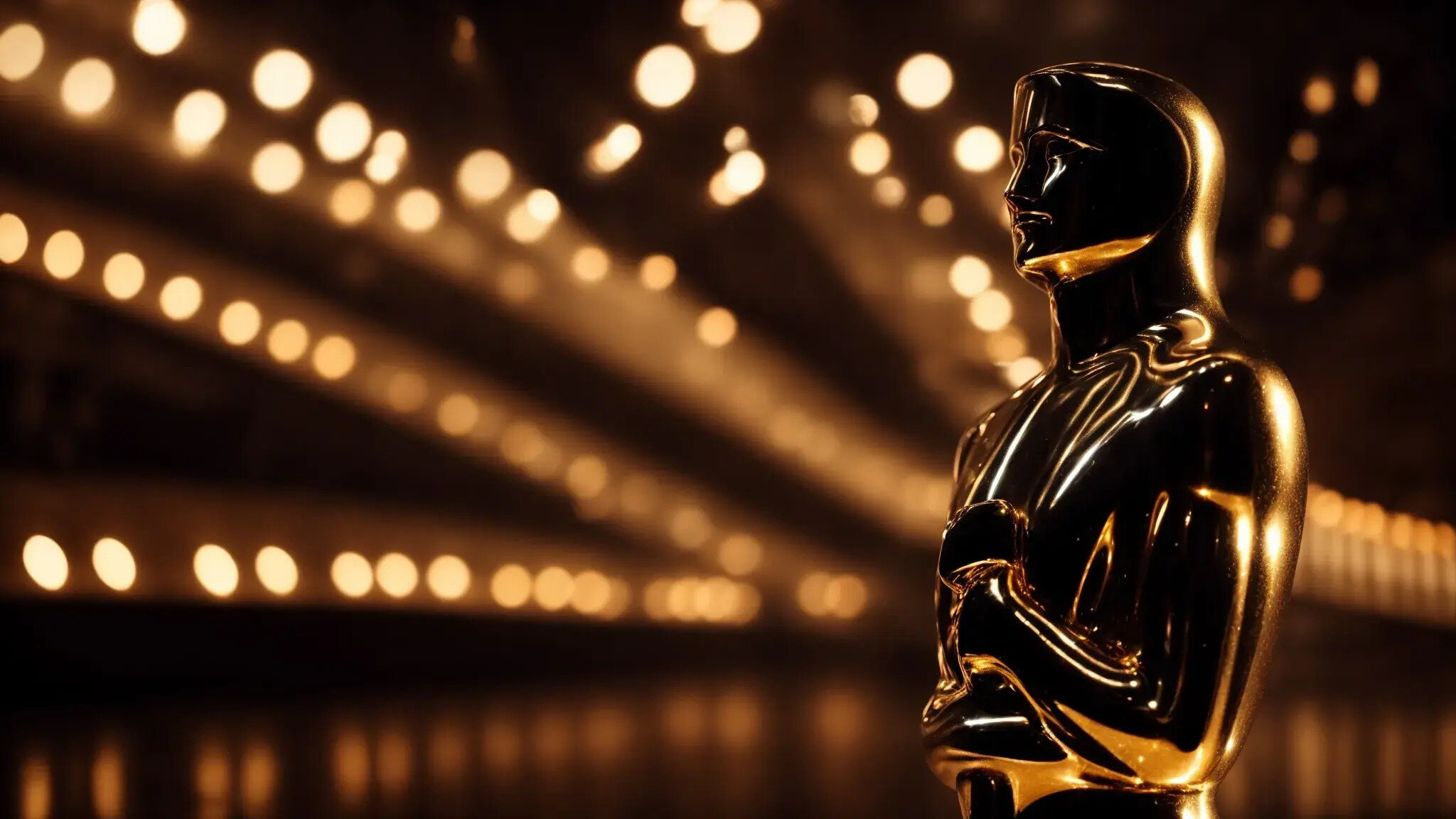
What makes a film's editing stand out? Editing is the magic that turns raw footage into a captivating story. It's like a puzzle where each piece must fit perfectly. Editors decide what stays, what goes, and how scenes flow. They create rhythm, build tension, and evoke emotions. Think of iconic moments in movies—those are often the result of brilliant editing. From the fast-paced cuts in action films to the seamless transitions in dramas, editing shapes the viewer's experience. It can make or break a film. Without it, movies would be a jumbled mess. Next time you watch a film, pay attention to how scenes are stitched together. It’s the unsung hero of filmmaking, silently guiding you through the narrative.
Key Takeaways:
- Film editing is a magical process that shapes the story, pace, and emotion of a film. It began in the late 19th century and has evolved with digital tools, impacting storytelling and audience connection.
- Editors use techniques like continuity editing and jump cuts to control pacing, emotional impact, and character development. Their work is crucial to creating suspense and tension, influencing how audiences connect with a film's narrative.
The Art of Film Editing
Film editing is a magical process that transforms raw footage into a captivating story. Editors are the unsung heroes who shape the narrative, pace, and emotion of a film. Here are some fascinating facts about this essential part of filmmaking.
-
Early Beginnings: Film editing began in the late 19th century. The first films were edited by physically cutting and splicing film strips together.
-
The Kuleshov Effect: This famous editing experiment by Lev Kuleshov demonstrated how viewers derive more meaning from two sequential shots than from a single shot in isolation.
-
Montage Theory: Soviet filmmakers like Sergei Eisenstein developed montage theory, which emphasizes the power of editing to create meaning and evoke emotions.
-
First Oscar for Editing: The Academy Award for Best Film Editing was first awarded in 1934. The winner was Conrad A. Nervig for "Eskimo."
-
Invisible Art: Good editing is often described as "invisible" because it seamlessly guides the audience through the story without drawing attention to itself.
Techniques and Tools
Film editors use a variety of techniques and tools to craft a film's final cut. These methods have evolved significantly over the years.
-
Continuity Editing: This technique ensures that shots flow logically and consistently, maintaining the illusion of reality.
-
Jump Cuts: Popularized by French New Wave directors, jump cuts create a jarring effect by cutting between two shots of the same subject.
-
Match Cuts: These cuts link two scenes by matching visual elements, creating a smooth transition.
-
Digital Editing: The shift from physical film to digital editing has revolutionized the industry, allowing for greater flexibility and creativity.
-
Non-linear Editing: Modern editors use software like Adobe Premiere Pro and Avid Media Composer, which allow them to edit scenes out of sequence.
Famous Film Editors
Some editors have left an indelible mark on the film industry with their innovative techniques and memorable work.
-
Thelma Schoonmaker: Known for her collaboration with Martin Scorsese, Schoonmaker has won three Oscars for films like "Raging Bull" and "The Departed."
-
Walter Murch: A pioneer in sound and film editing, Murch worked on classics like "Apocalypse Now" and "The English Patient."
-
Dede Allen: Allen's work on films like "Bonnie and Clyde" and "Dog Day Afternoon" helped redefine modern editing styles.
-
Michael Kahn: As Steven Spielberg's go-to editor, Kahn has worked on iconic films such as "E.T." and "Jurassic Park."
-
Sally Menke: Menke was Quentin Tarantino's trusted editor, known for her work on "Pulp Fiction" and "Kill Bill."
Impact on Storytelling
Editing is crucial to storytelling, influencing how audiences perceive and connect with a film's narrative.
-
Pacing: Editors control the rhythm of a film, using quick cuts for action scenes and longer takes for dramatic moments.
-
Emotional Impact: By choosing specific shots and sequences, editors can heighten the emotional impact of a scene.
-
Narrative Structure: Editors often rearrange scenes to improve the flow and coherence of the story.
-
Character Development: Through editing, filmmakers can emphasize character traits and relationships, adding depth to the narrative.
-
Suspense and Tension: Editors build suspense by controlling the timing and order of shots, keeping audiences on the edge of their seats.
The Magic Behind the Scenes
Film editing is like a hidden art that shapes the way we experience movies. Editors work tirelessly to piece together scenes, creating a seamless flow that captivates audiences. They decide what stays and what goes, ensuring the story is told in the most engaging way. Without their touch, movies would lack the emotional punch and clarity we love.
Technology has transformed editing, making it more efficient and creative. From cutting film strips to using advanced software, editors have come a long way. Yet, the heart of editing remains the same—telling a story that resonates.
Next time you watch a movie, think about the magic happening behind the scenes. Appreciate the skill and creativity that editors bring to the table. Their work is the unsung hero of filmmaking, turning raw footage into cinematic masterpieces.
Frequently Asked Questions
Was this page helpful?
Our commitment to delivering trustworthy and engaging content is at the heart of what we do. Each fact on our site is contributed by real users like you, bringing a wealth of diverse insights and information. To ensure the highest standards of accuracy and reliability, our dedicated editors meticulously review each submission. This process guarantees that the facts we share are not only fascinating but also credible. Trust in our commitment to quality and authenticity as you explore and learn with us.
